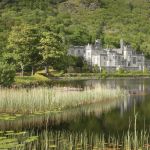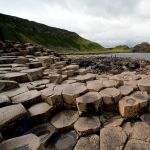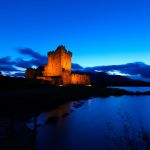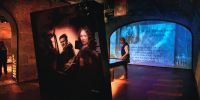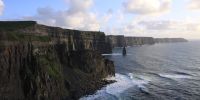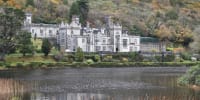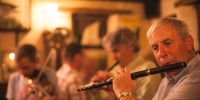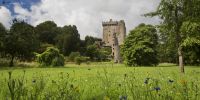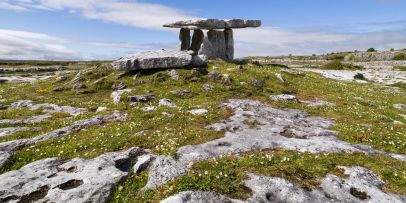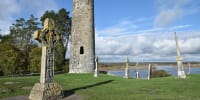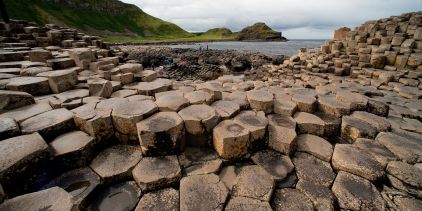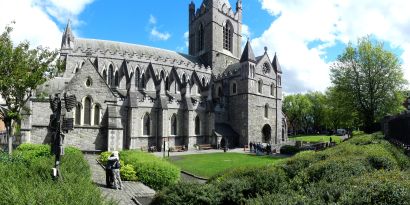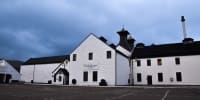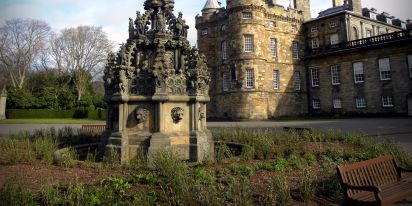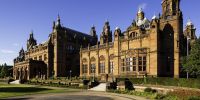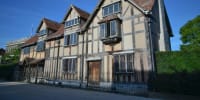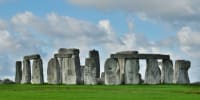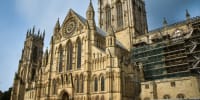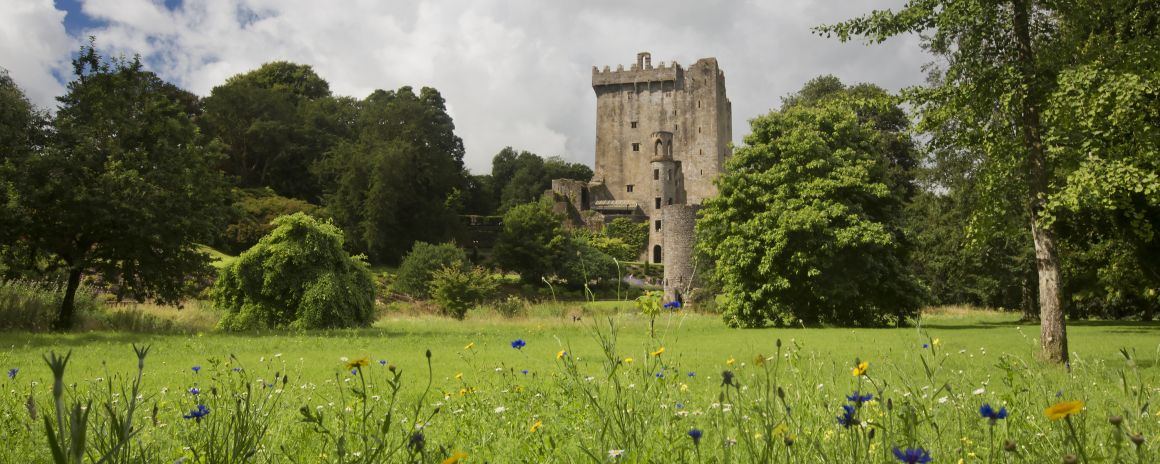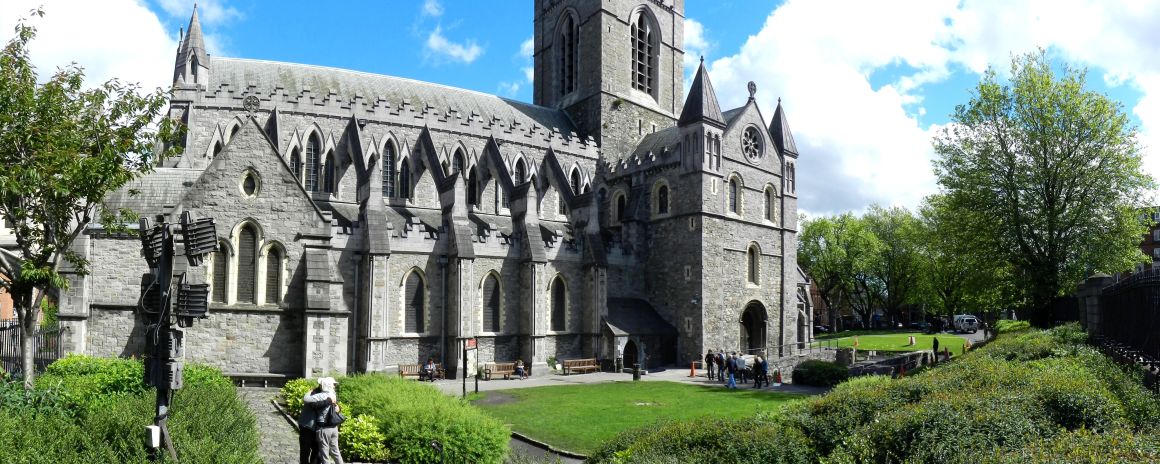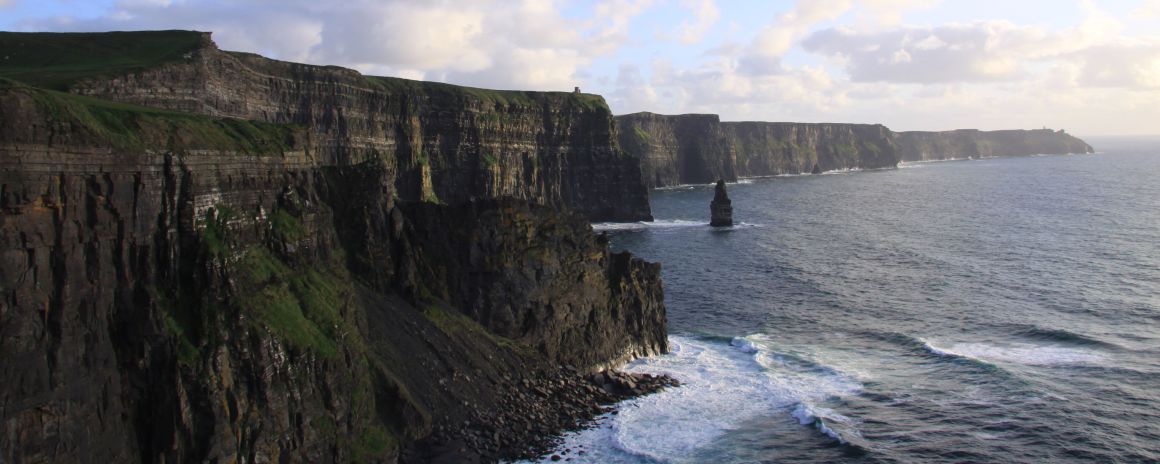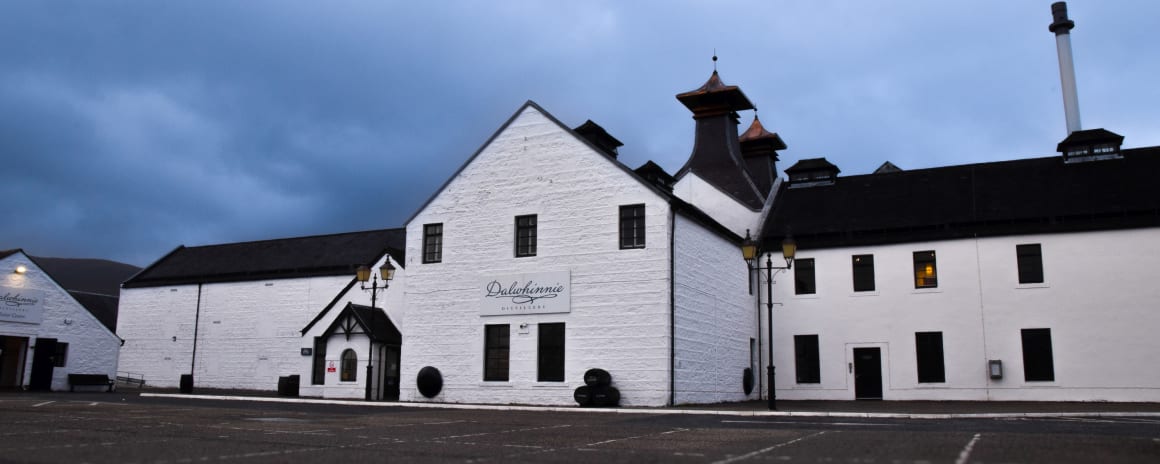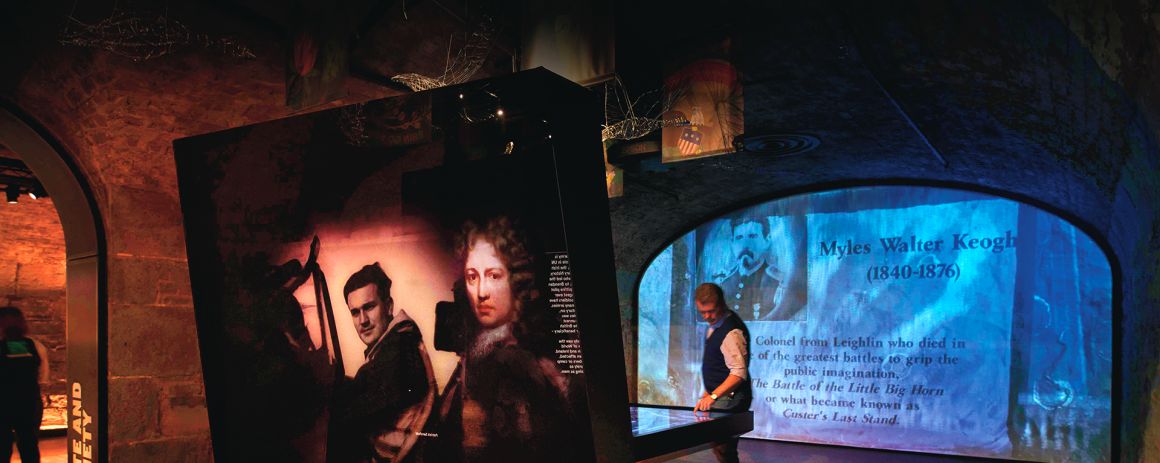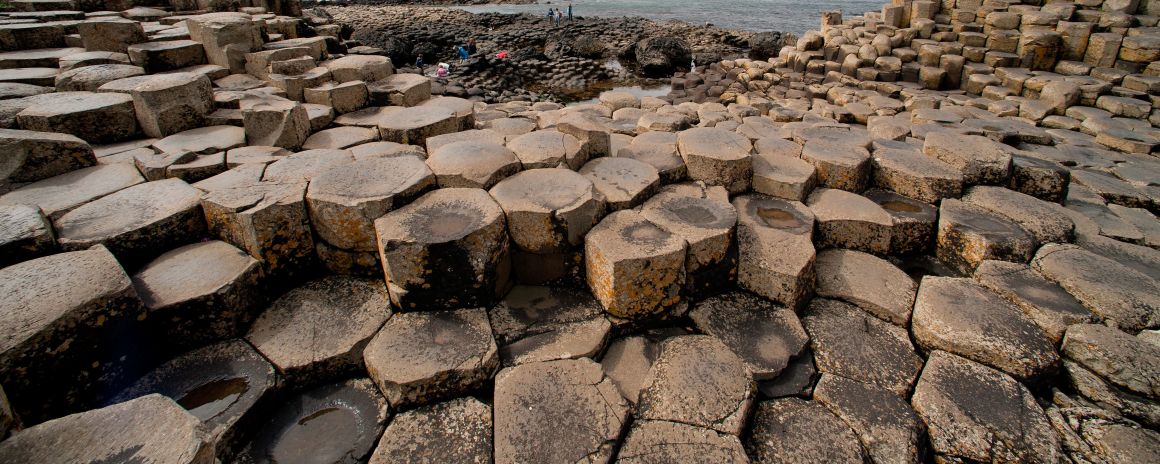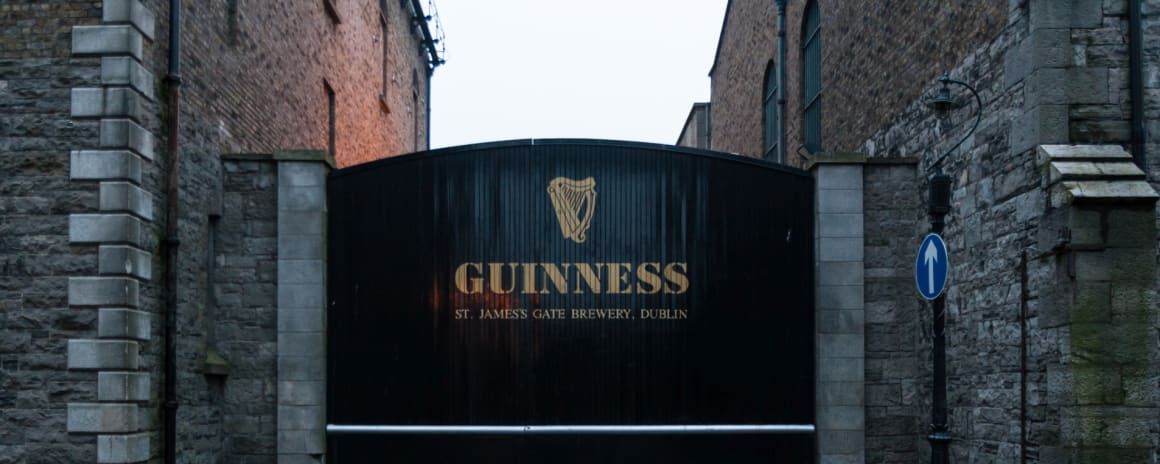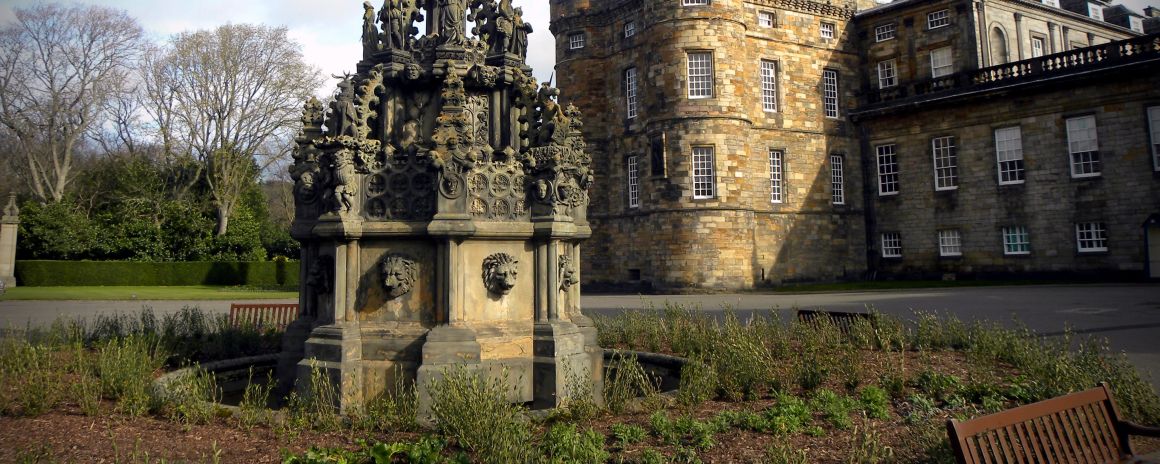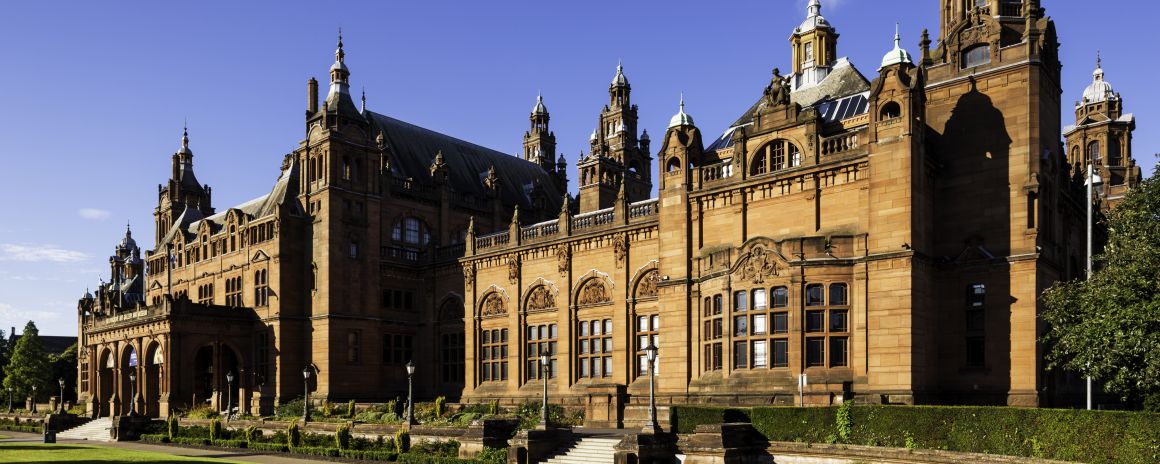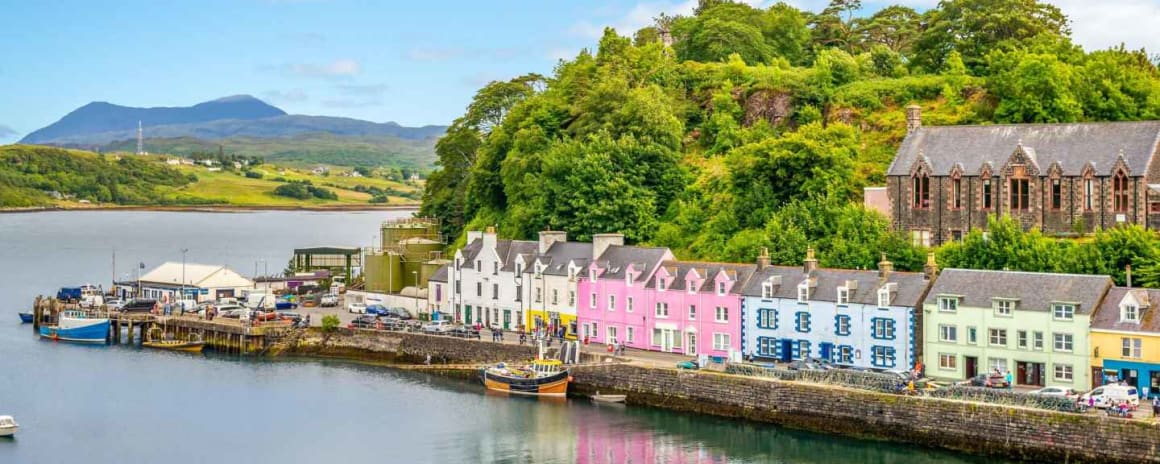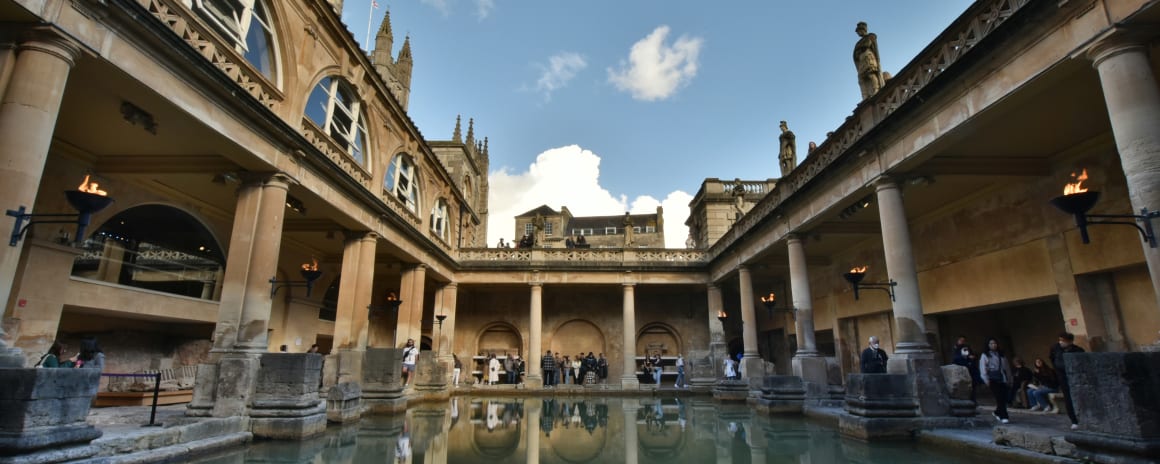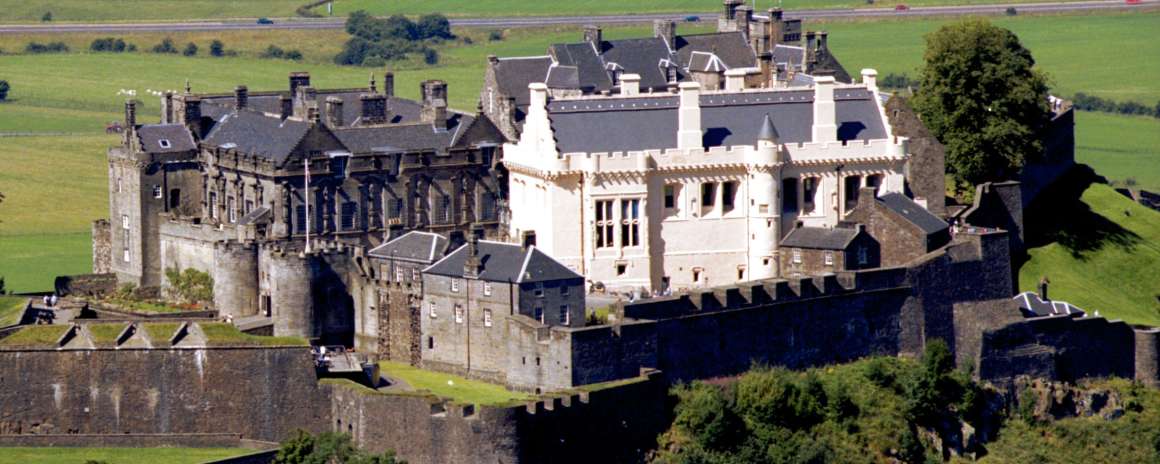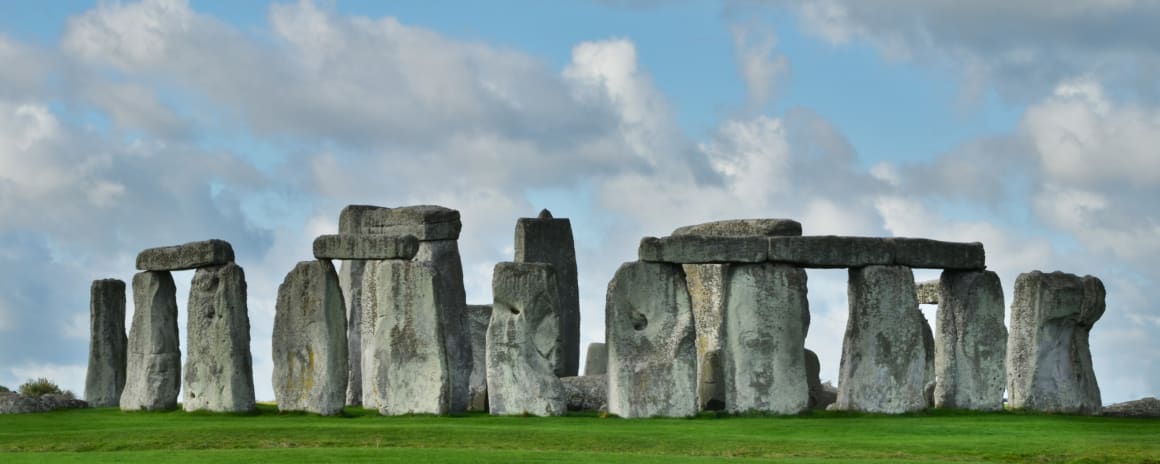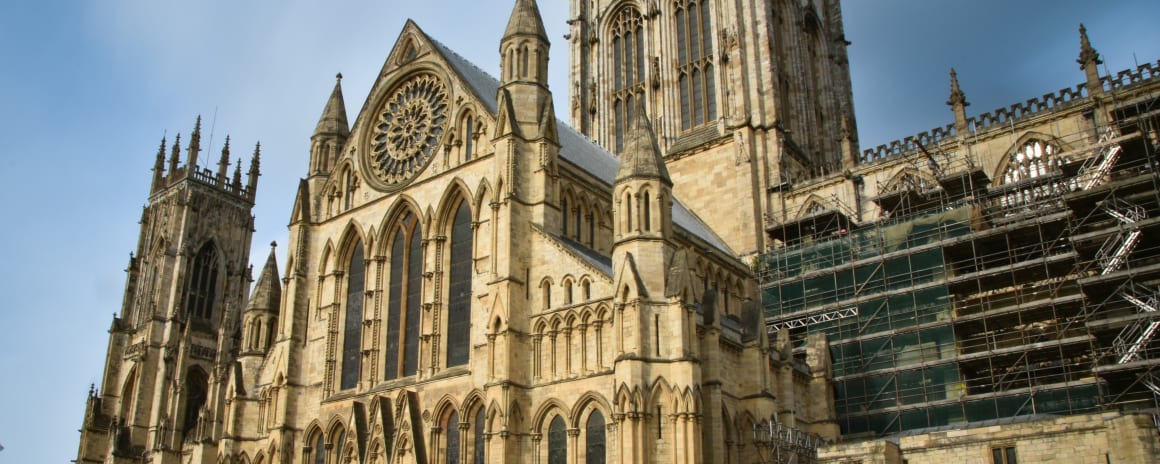Dublin Airport
Almost everyone who arrives on a visit to Dublin from abroad will arrive by plane (though some self-drive visitors from the UK may arrive by Ferry). Dublin Airport is located just 10km (6 miles) from Dublin City Centre and is accessible by both the M50 and M1 motorways. It is made up of two terminals. Visitors arriving from the USA and Canada will be arriving at Terminal Two.
Terminal One
Short-haul flights. Served by Ryanair, British Airways, Germanwings, Iberia, Lufthansa, Norwegian, SAS and Air France.
Terminal Two
Long-haul flights. Served by American Airlines, US Airways, Delta, Air Canada and Aer Lingus. Recent additions to Terminal 2's roster include United Airlines, Etihad and Emirates.
Airport Shuttle Bus Services
There are bus services available to and from both terminals, provided by Aircoach, Airlink, Dublin Bus and GoBus. Aircoach will bring you to multiple stops in Dublin City, including O'Connell Street and Grafton Street. They also operate routes to and from Cork City (€19- Adult, Single, 3hrs) and Belfast City (€12- Adult, Single, 2hr 20mins). You can follow their distinctive blue signs from the arrivals hall in both terminals. GoBus offers a route from Dublin Airport to and from Galway City (€18- Adult, Single, 2hrs 30mins). A ticket to Dublin City Centre from Dublin Airport costs €6 (Single)/ €11.50 (Return). Dublin Bus also operates a service between Dublin Airport and Dublin City for a similar price.
Taxis
Like all international airports, there is a large number of taxis available outside both terminals at all times. To travel to the city centre by taxi will cost between €30-€40.
Trains
Currently, there is no direct railway link between Dublin Airport and Dublin City.


